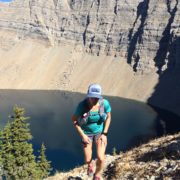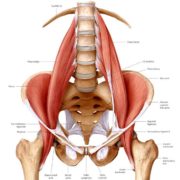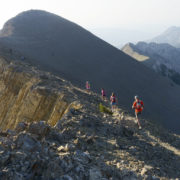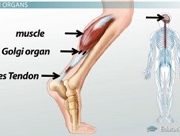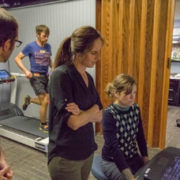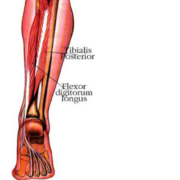The roads and lower elevation trails around Missoula have melted after being snow-covered since mid-December. April 1st is the day fools like me test out our skiing fitness and ramp up our running mileage in preparation for early season races. April is, therefore, a perfect month to discuss training consistency as a means of achieving distance running success over the next nine months of 2019.
By training consistency, I do not mean following the same weekly training routine all year long. Changing running routes and intensity will improve fitness by challenging the body in different ways. I define training consistency as a training program which regularly includes the necessary components of loading, progressive volume, and adequate recovery.
Loading: Each running stride places 2.5 to 3.0 times our body weight of loading force through our body. How will your body respond to the cumulative loading forces of a 1-mile run versus a 10-mile run? How will your body respond to a Rut-specific fast downhill scramble over rocky terrain after a winter of gliding downhill on skis? How will your body respond to your first Tuesday track speed work session after a winter of slogging with a modified running stride over uneven, icy and snowy surfaces? The answer lies in load training. Think of loading as a strength training workout aimed at increasing your running durability. Building muscle, tendon, and joint health and strength requires loading-specific strength training. I am not referring to body weight resistance exercise, but rather heavy weight, low repetition strength training. Proper loading technique addresses tendon resiliency, muscle strength, and tolerance to both speed and long miles. Without a loading-specific strengthening program, injuries will become part of your running life.
Progressive Volume: Disclaimer: I occasionally do not follow this training rule which is why I am so familiar with the multitude of running injuries I treat in my patients. The take home message is that gradually progressing your training volume will decrease your overuse injury risk significantly. Most runners are familiar with the 10% rule of weekly running volume (mileage) increase. Our long winter combined with a June 30th Missoula Marathon date does not give us much time to safely build training volume. Maintaining consistent fitness over the winter allows one to enter the spring at a higher training volume which helps reduce the urge to “catch up” by doubling your mileage in one week. It is also important to remember that rest days are rest days and rest days are necessary. If you ride your bike 20-miles or swim 2,000 yards on your “rest day” from running, you are further increasing volume to your training week.
Adequate Recovery: Nutrition, hydration, sleep, and body work should be a consistent part of your training routine. The nutritional saying “junk in, junk out” resonates with the miraculous human machine each one of us are. Well rounded whole food nutrition and simple hydration practices will fuel your body for optimum performance. Sleep remains elusive in our modern day society. You are an athlete, however, so 7-9 hours of sleep should be a priority to facilitate recovery and reduce overuse injury risk. Finally, some sort of body work will release tissue tension, muscle tension, improve circulation, and reduce muscle soreness. I intentionally used the general term of “body work” as this may include rolling, massage, myofascial release or manual therapy provided by a physical therapist.
I encourage the reader to seek advice (myself, my fellow PT staff, or one of the other qualified local resources) regarding the specific definition of each training component for you individually. Factors such as running experience, athletic experience, injury history, age, and running-racing goals must be considered on an individual basis. I welcome questions and can be reached by email (john@sapphirept.com).
John Fiore, PT



